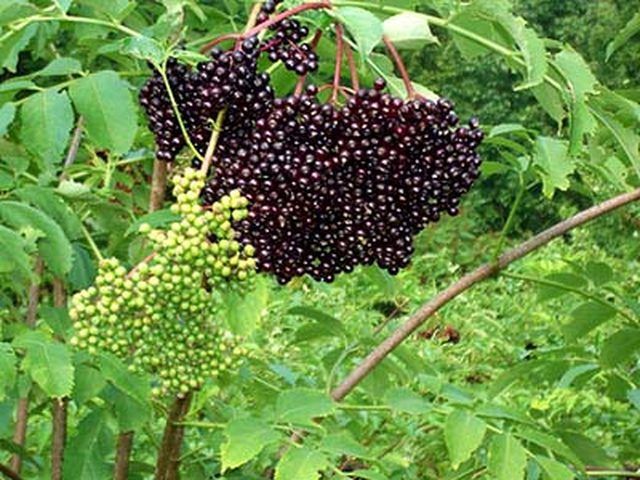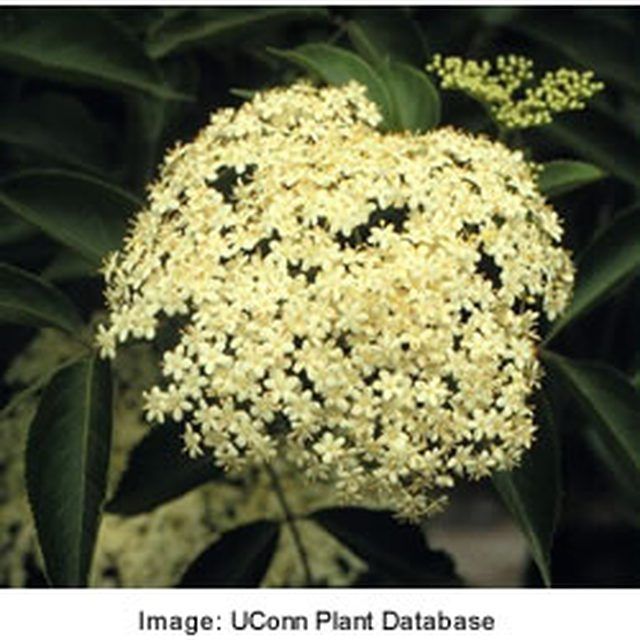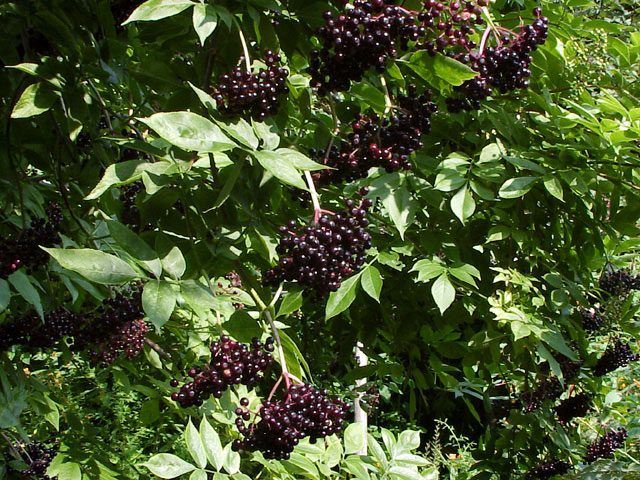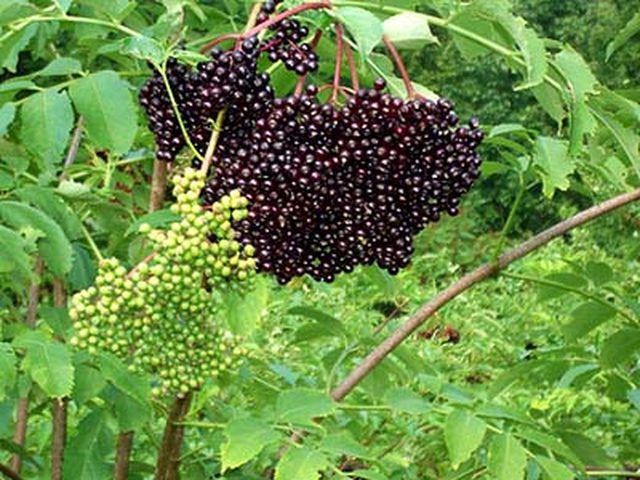Bulbs
Flower Basics
Flower Beds & Specialty Gardens
Flower Garden
Garden Furniture
Garden Gnomes
Garden Seeds
Garden Sheds
Garden Statues
Garden Tools & Supplies
Gardening Basics
Green & Organic
Groundcovers & Vines
Growing Annuals
Growing Basil
Growing Beans
Growing Berries
Growing Blueberries
Growing Cactus
Growing Corn
Growing Cotton
Growing Edibles
Growing Flowers
Growing Garlic
Growing Grapes
Growing Grass
Growing Herbs
Growing Jasmine
Growing Mint
Growing Mushrooms
Orchids
Growing Peanuts
Growing Perennials
Growing Plants
Growing Rosemary
Growing Roses
Growing Strawberries
Growing Sunflowers
Growing Thyme
Growing Tomatoes
Growing Tulips
Growing Vegetables
Herb Basics
Herb Garden
Indoor Growing
Landscaping Basics
Landscaping Patios
Landscaping Plants
Landscaping Shrubs
Landscaping Trees
Landscaping Walks & Pathways
Lawn Basics
Lawn Maintenance
Lawn Mowers
Lawn Ornaments
Lawn Planting
Lawn Tools
Outdoor Growing
Overall Landscape Planning
Pests, Weeds & Problems
Plant Basics
Rock Garden
Rose Garden
Shrubs
Soil
Specialty Gardens
Trees
Vegetable Garden
Yard Maintenance
How to Find Elderberries
How to Find Elderberries. Elderberries are one of those old fashioned berries that you will rarely, if ever, see in a grocery store, yet you read about them in old novels. Things such as elderberry wine or elderberry jam used to be a popular addition to the family pantry. Folklore abounds about the berry's virtues and health benefits, much of...

Elderberries are one of those old fashioned berries that you will rarely, if ever, see in a grocery store, yet you read about them in old novels. Things such as elderberry wine or elderberry jam used to be a popular addition to the family pantry. Folklore abounds about the berry's virtues and health benefits, much of which needs to be taken with a grain of salt. The berries are even reputed to aid in the treatment of the common flu. Just be sure not to eat more than a few raw berries because they contain cyanide, which is usually made inert with heat.
Look for elderberry bushes in the spring and early summer by looking for their flowers. The bushes are usually 6 to 8 feet high and have clusters of white mounds of flowers scattered over the surface of the bush. Many times they grow along a creek or in marshy areas. The individual flowers have five petals and are white.

Look at the leaves. They should have 5 to 7 leaves and sometimes even up to 11 leaflets opposite each other. The leaflets are about 2 to 5 inches long and about 1 to 2 inches wide. They are also characterized by a serrated edge.

Check out the berries once the flowers have passed. They should be bluish black berries on reddish stems. Look for a glossy shine and berries hanging down, generally around late August or September. The berries will have a 3 to 5 hard seeds in their center which makes it hard to use them whole in jam or pies.

Finding elderberries is usually possible throughout the United States and Europe and even Africa and Asia. Many times they are simple called elder bushes and there are different varieties of the bush with different colors of berries.
Pick the berries when they are plump and glossy and sweet when tasted. Cut off the whole clump being careful not to bruise them as the juice runs freely. Washing is not necessary-- just pick out extra sticks and thicker stems.